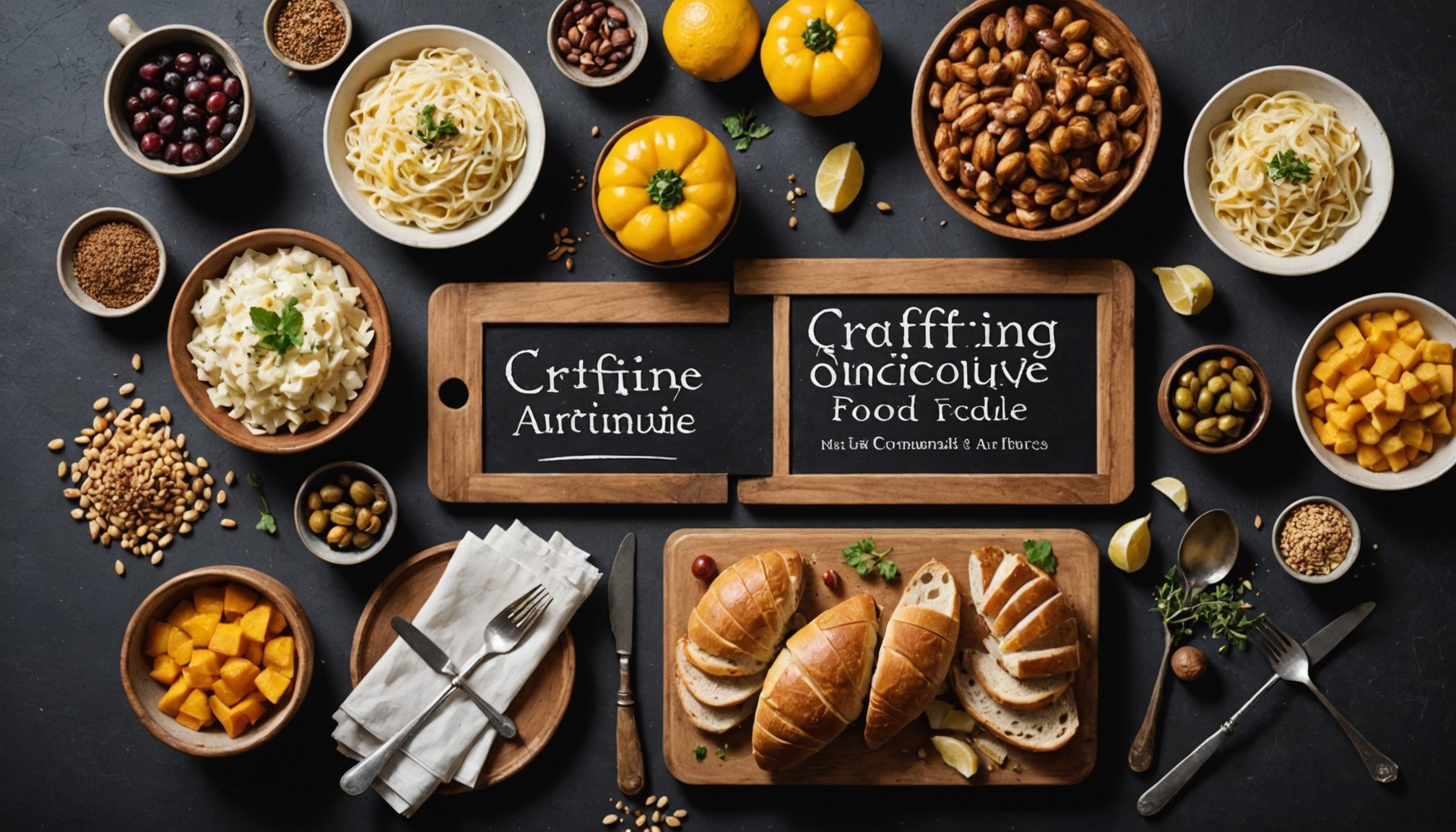The Power of Storytelling in Brand Narrative
Storytelling plays a vital role in building a strong brand narrative by forging emotional connections with consumers. People remember stories far more than statistics, making storytelling a crucial strategy for brands looking to stand out in a crowded marketplace. A skillfully crafted brand narrative not only captures attention but also differentiates a brand by embedding its identity within a memorable tale.
A compelling narrative is immersive, allowing consumers to relate to the brand on a personal level, which can influence purchasing decisions by appealing to emotions rather than logic alone. Psychological studies suggest that when a story resonates with audiences, it triggers neural coupling, where both speaker and listener share similar brain activity, establishing a deeper connection.
Also read : Harnessing ai innovations: revolutionizing renewable energy management for uk energy firms
Furthermore, stories have a profound impact on consumer behavior. They make brands more relatable and personable, fostering loyalty and trust. Consumers are more likely to support brands whose values align with their personal beliefs and lifestyles. Through storytelling, brands can narrate their missions and values, showing alignment with consumer principles, and ultimately enhancing the brand-consumer relationship.
Successful Case Studies of Artisanal Brands in the UK
In the diverse UK market, several artisanal brands have thrived by adapting their storytelling to resonate with consumers. With our exploration of specific cases, we gain insights into effective branding strategies.
Also to discover : Revolutionizing uk agribusiness: harnessing iot technology for superior crop monitoring and agricultural growth
Brand A: Heritage and Tradition
Brand A leverages its deep-rooted history to craft a compelling identity. By weaving traditional methods into its storytelling, the brand appeals to consumers who value authenticity. This connection is further enhanced through narratives that emphasise longevity and craftsmanship. Consumer loyalty often stems from these heritage-based stories, making Brand A’s approach both poignant and effective.
Brand B: Innovation and Modernity
In contrast, Brand B distinguishes itself with a contemporary storytelling approach. By embracing technology and social media, it effectively disseminates modern narratives that captivate its audience. Engagement metrics reveal heightened consumer interest, highlighting the brand’s ability to innovate while maintaining relevancy in the marketplace.
Brand C: Community and Sustainability
Brand C integrates community involvement and sustainability into its storytelling. By showcasing collaborative efforts and dedication to eco-friendly practices, the brand positively influences consumer perception. Real-life examples of successful community partnerships demonstrate how sustainability narratives not only bolster brand image, but also foster a sense of shared purpose among consumers.
Crafting Your Own Brand Narrative
Creating a compelling brand narrative is essential for connecting with your audience. It serves as the backbone of your brand’s identity, allowing you to communicate your values and mission effectively. The key elements to include in a brand narrative consist of a clear why, a captivating origin story, and the portrayal of the challenges overcome. These elements give your brand a relatable essence that resonates with audiences.
Narrative techniques are crucial in identifying and articulating a unique story. Starting with extensive research into your brand’s history and values forms the base. From there, employ storytelling devices like the hero’s journey or transformation arc to create a narrative that stands out. This personal touch fosters authenticity and emotional connectivity.
Actionable strategies for aligning storytelling with brand values include:
- Ensuring coherence between the narrative and company mission.
- Consistently reflecting these values across all platforms.
- Regularly updating the story as the brand evolves.
By focusing on these strategies, you’ll craft a narrative that amplifies your brand identity, making it memorable and impactful for your audience. This alignment reinforces trust and encourages deeper engagement.
The Impact of Storytelling on Consumer Connection
Storytelling fosters deeper emotional engagement by tapping into the innate human ability to connect with narratives. Through compelling stories, brands can evoke emotional responses that transform products from mere commodities into memorable experiences. This kind of emotional engagement strengthens consumer bonds, encouraging them to become advocates for the brand.
Narratives play a crucial role in boosting brand loyalty. When consumers perceive a brand as having an authentic story, they are more likely to trust and identify with it. This trust fosters loyalty, creating a dynamic where consumers repeatedly choose a particular brand, motivated by shared values and emotional ties. For example, brands like Nike and Apple, which are revered for their strong storytelling, have cultivated faithful followings by aligning their messages with the aspirations and identity of their audiences.
Real-world examples illustrate how effective storytelling can lead to increased consumer retention. Companies that incorporate storytelling elements in their marketing strategies often see improved consumer connection, evidenced by higher engagement rates and customer retention. For instance, Coca-Cola’s “Share a Coke” campaign successfully leveraged the personal touch of storytelling, inviting consumers to connect personally with the brand and forging deeper emotional bonds that drove brand loyalty.
Actionable Strategies for Food Producers
In an increasingly crowded market, food producers must harness the power of marketing strategies that are not only innovative but also narrative-driven. This allows brands to connect emotionally with consumers, enhancing both brand loyalty and recognition.
Utilizing Social Media for Storytelling
Social media platforms like Instagram and Facebook offer food producers an ideal venue to craft and share compelling brand narratives. The most successful narrative-driven marketing efforts on these platforms engage users with authentic stories or behind-the-scenes content. For instance, posting a series of photographs showing the journey of a product from farm to table not only educates consumers but also invites them into a conversation about the brand.
Engaging consumers in this storytelling process can be enhanced using interactive features on social media, such as polls or question stickers, that encourage followers to reflect on how the brand’s mission resonates with their own values. An inspiring narrative always captures the imagination, and fostering such discussions can build a community around the brand and its story. Effective examples are brands that regularly post customer testimonials or stories highlighting sustainable practices, thereby turning content into a dialogue.











